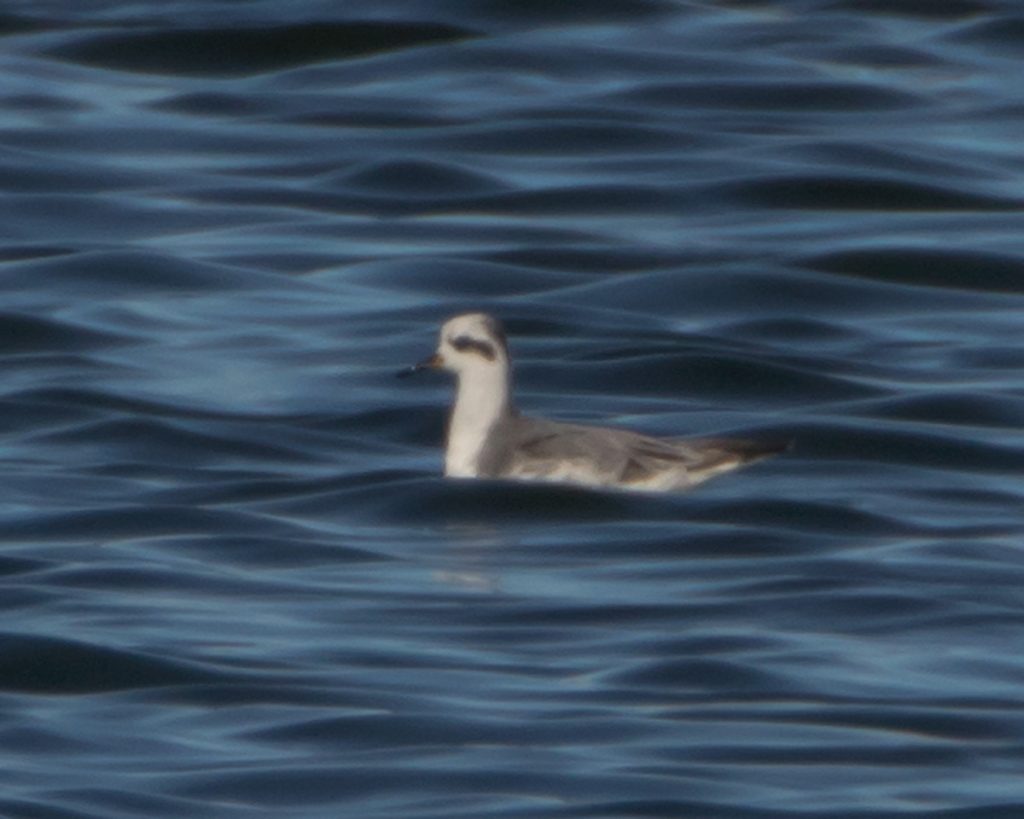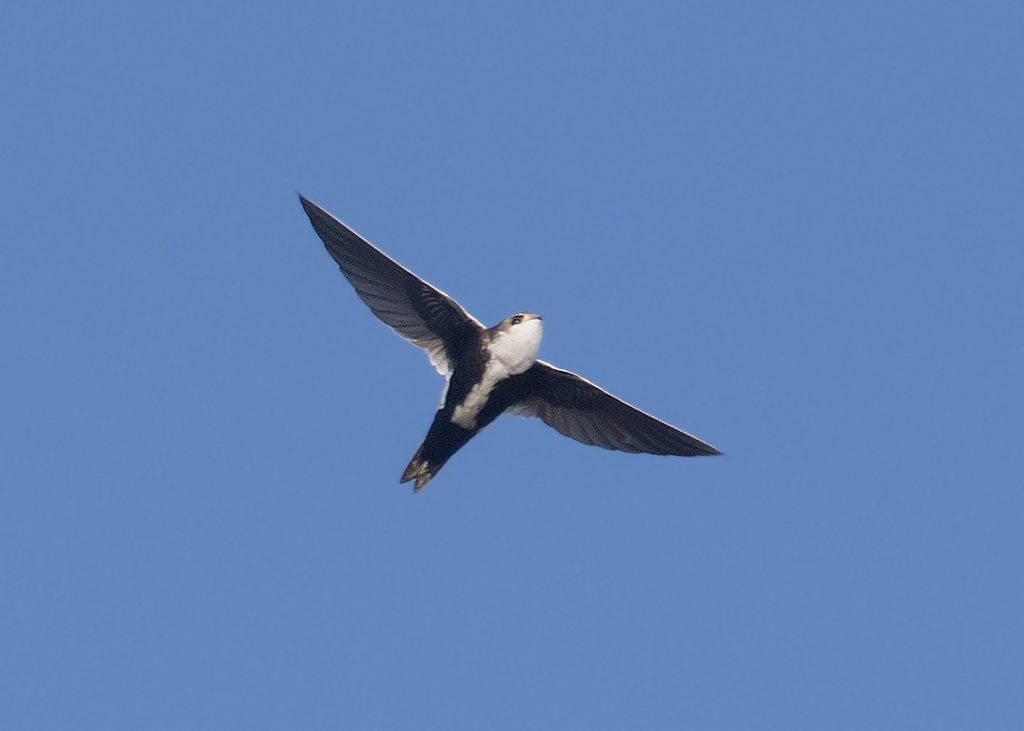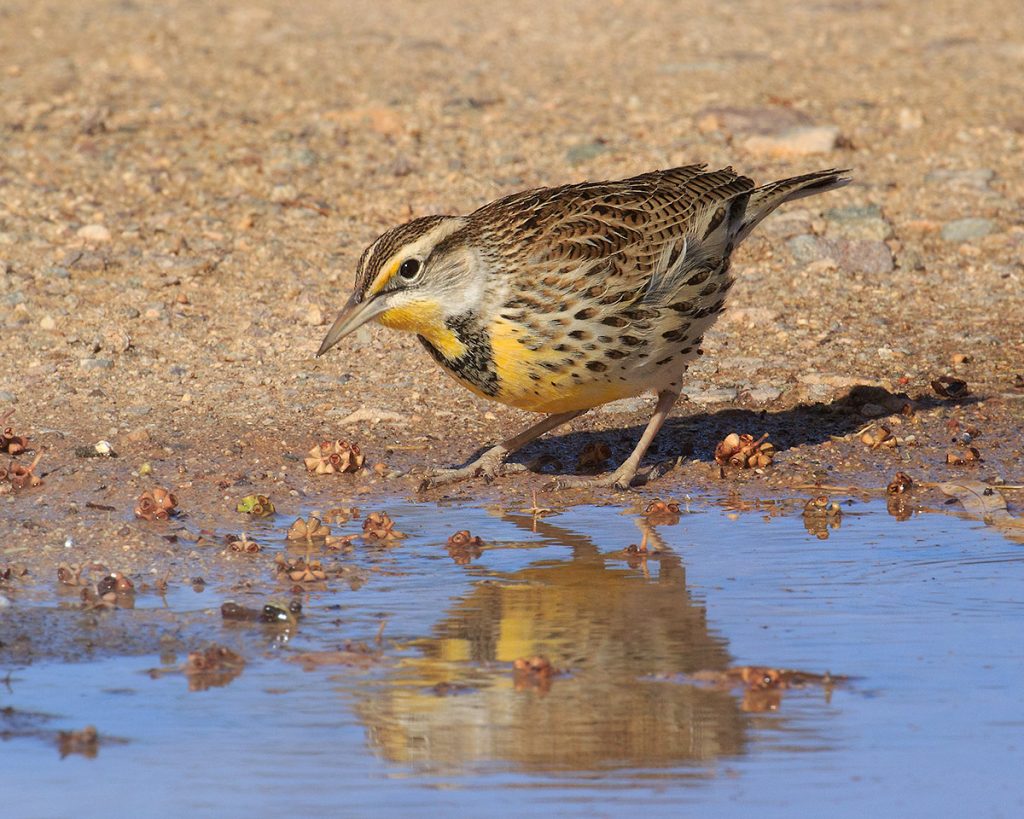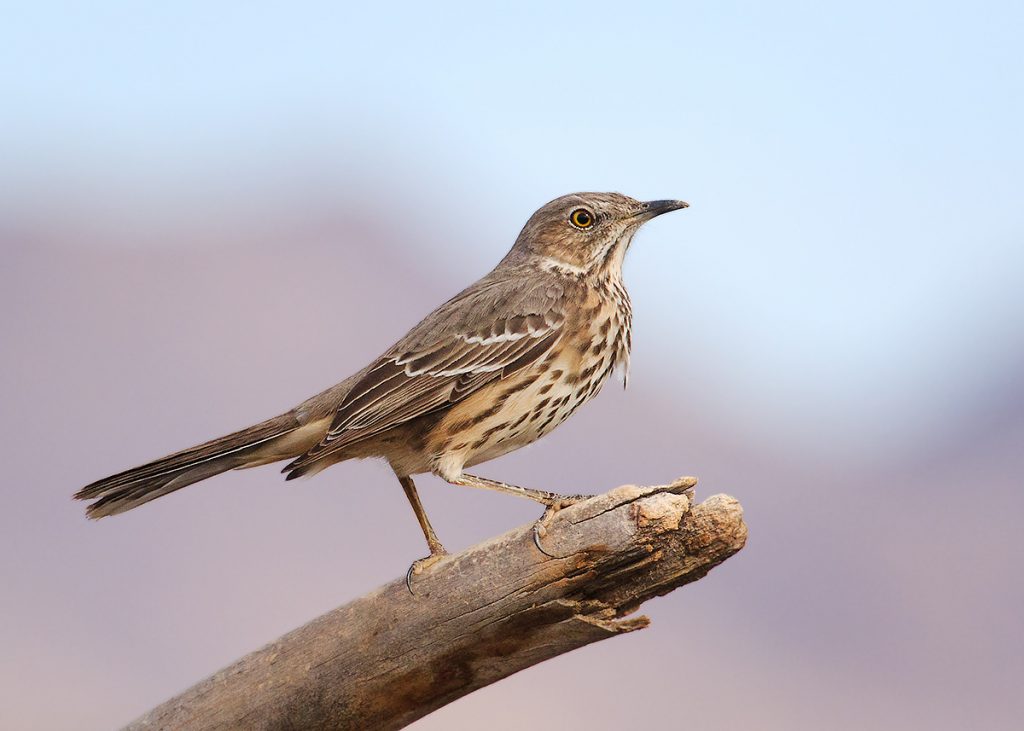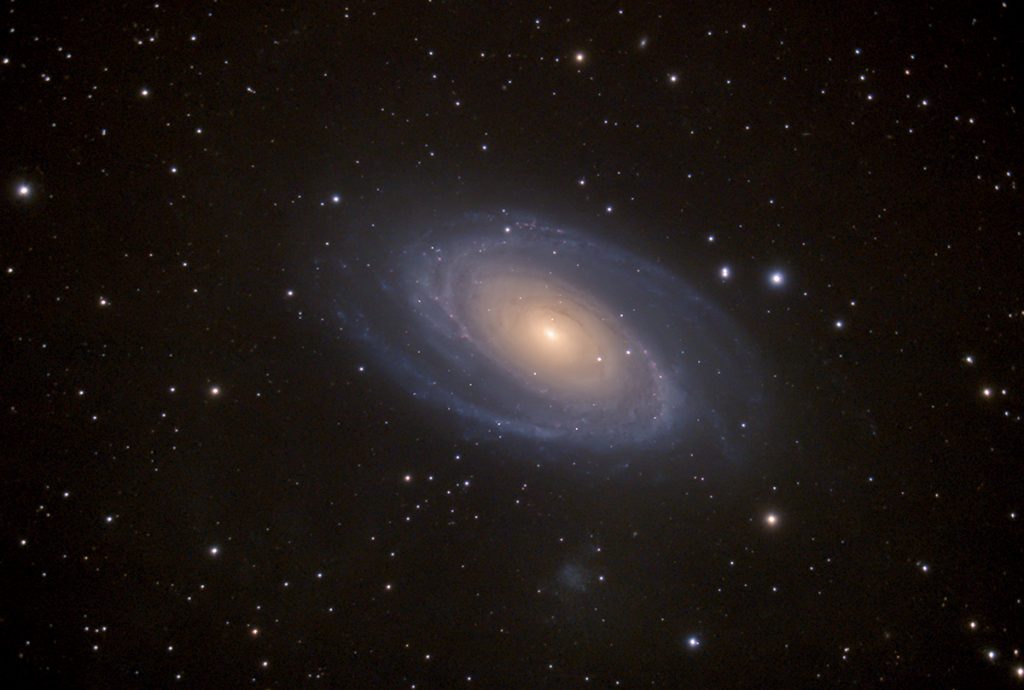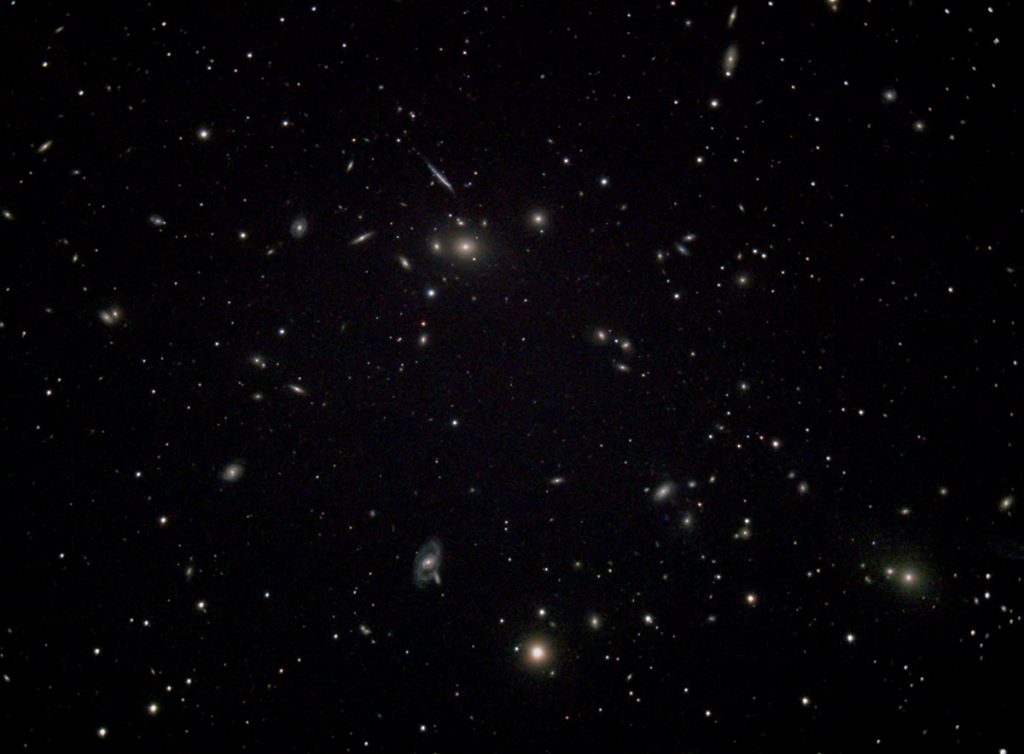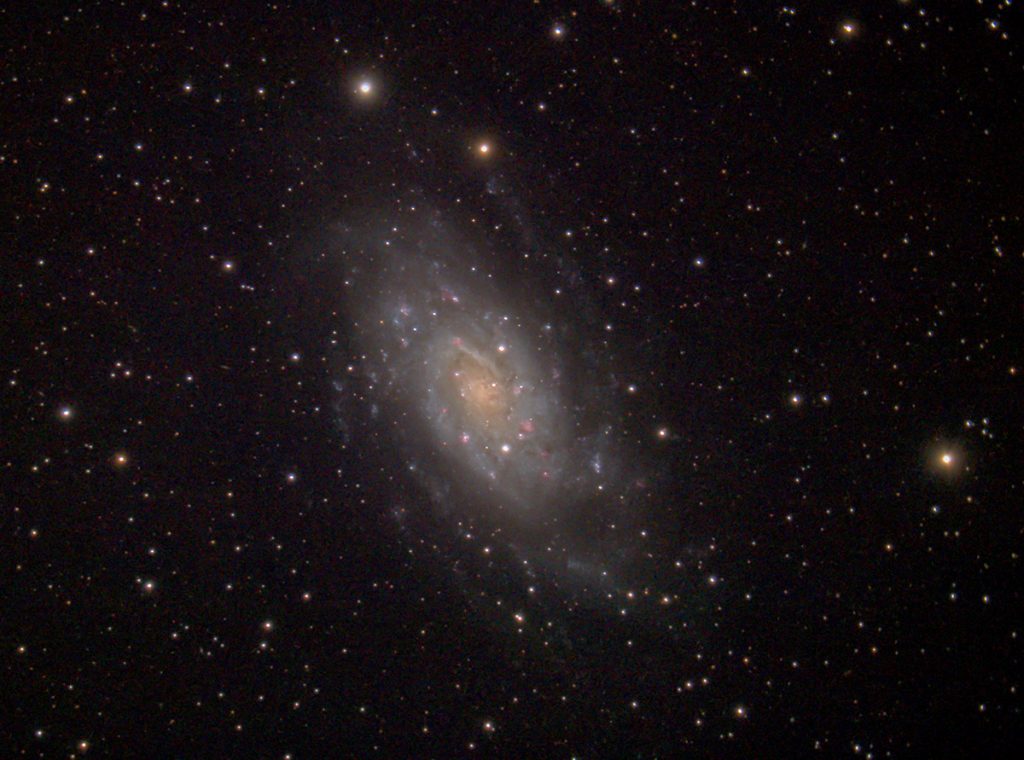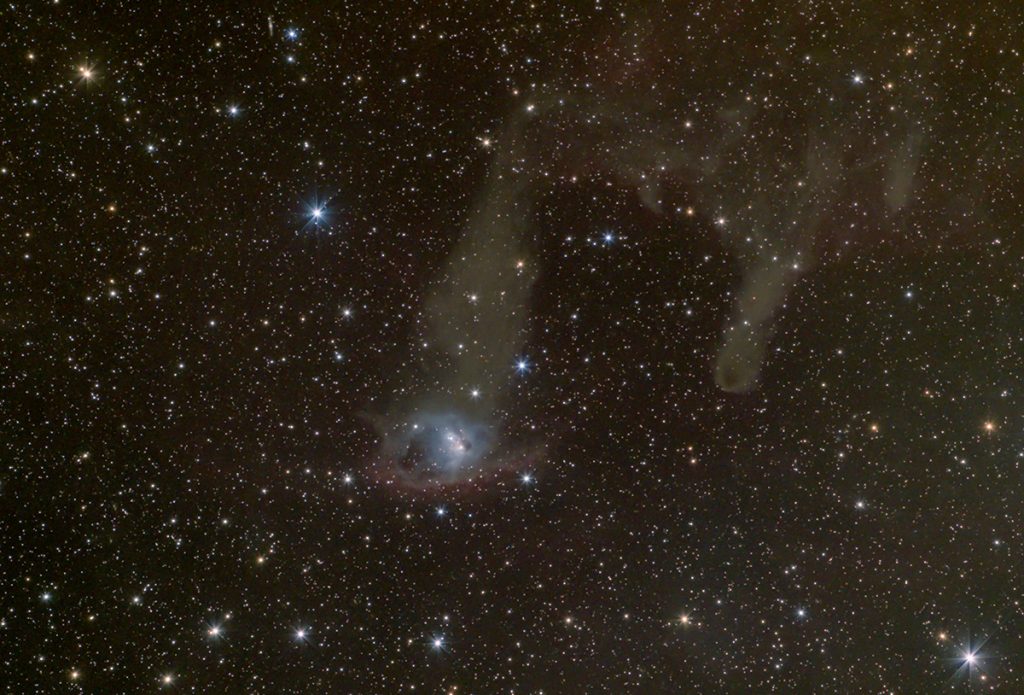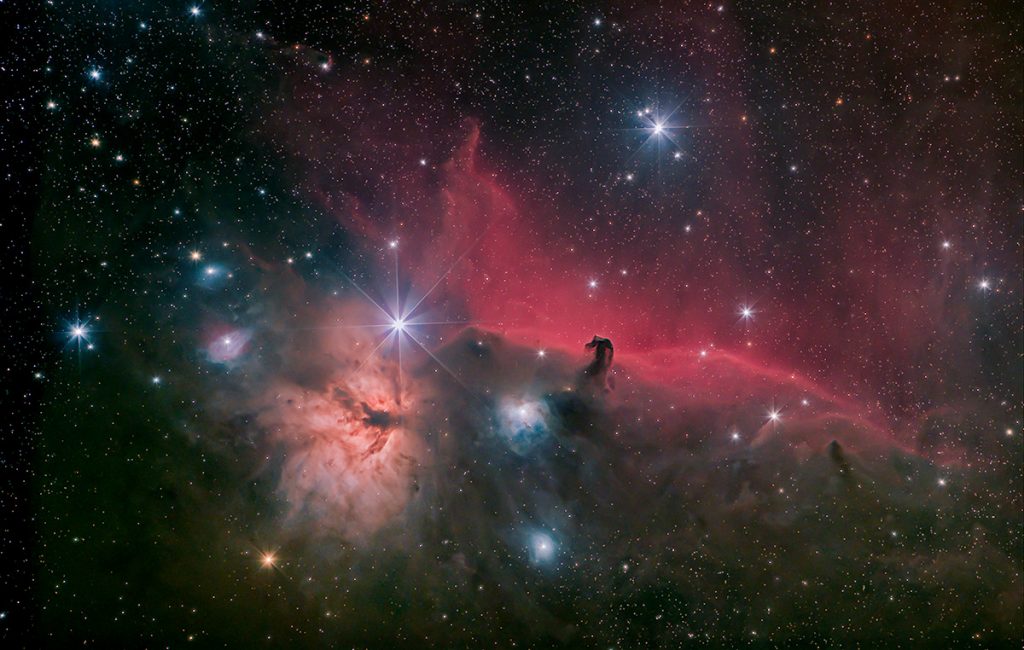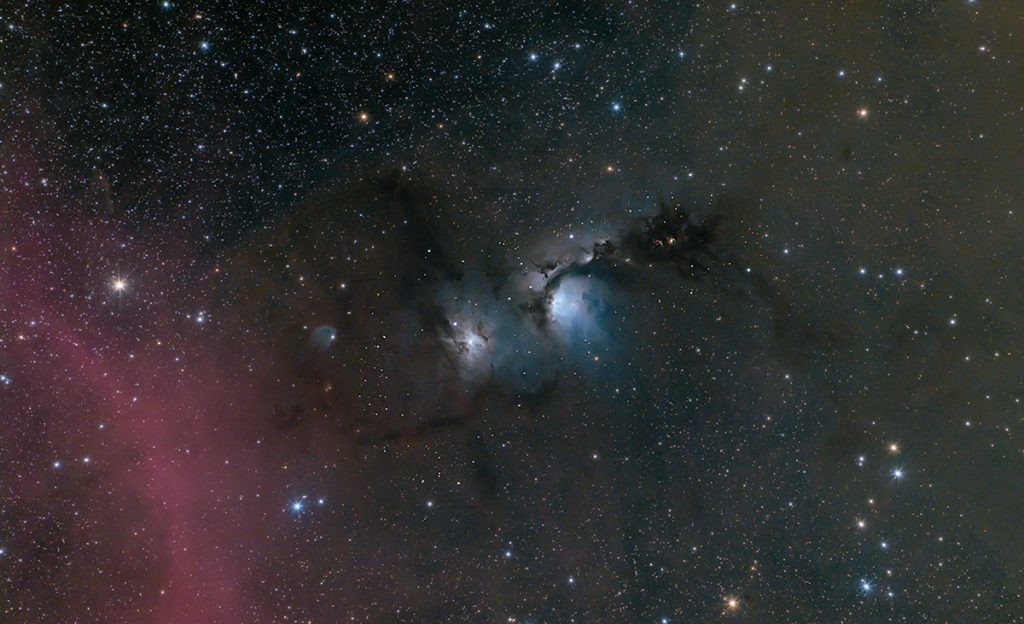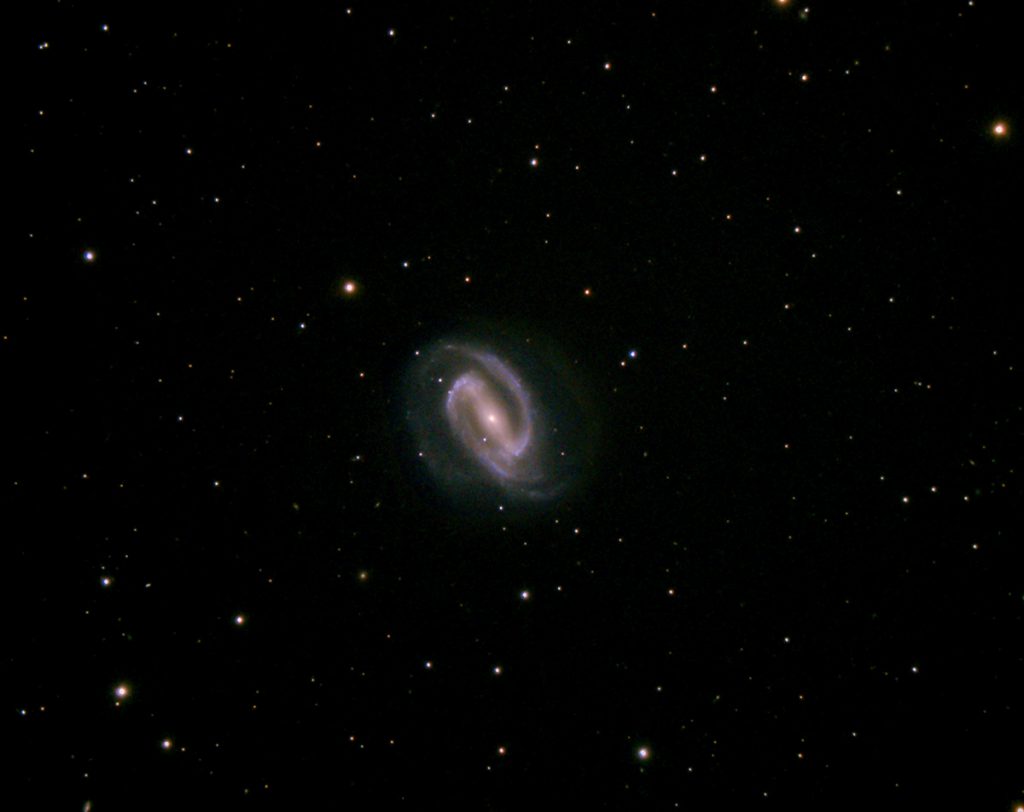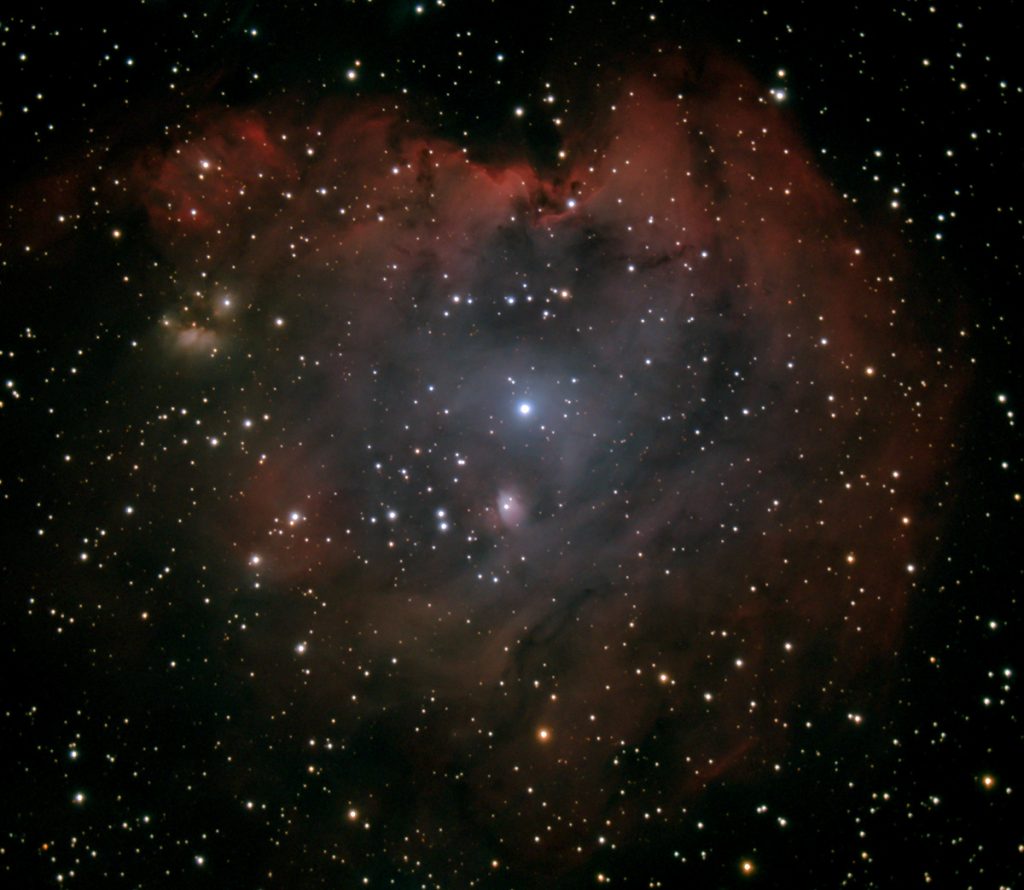The big excitement of the past few days has been a Red Phalarope that showed up on the Ajo Sewage Ponds. I found it late Tuesday afternoon and got the word out, but it was too late for birders from the Tucson area to come over. The following morning was cold, 28 degrees at my campsite. I got to the pond before sunrise. Roger Clark and Linda Birkel were already there and Brian Nicholas showed up right after I got there. It finally got light enough to see, but no Red Phalarope could be found. Discouraged, we decided to go check on the Long-eared Owls in the thicket. There were still a few there and a Barn Owl too. Then back to the pond but still no phalarope. About then Roger checked his messages. Quite amazingly, another Red Phalarope had been found at Canoa, south of Tucson. They all piled into their cars and took off. And they all got that one.
